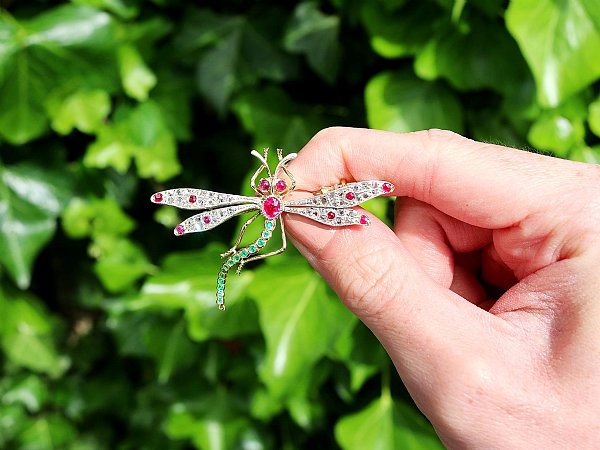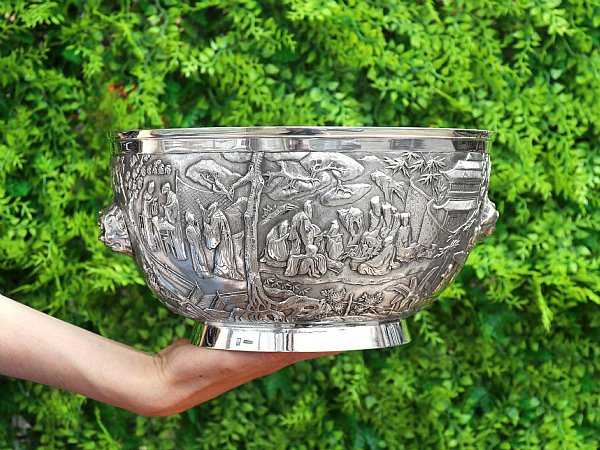Search Results for: '{{searchText}}'
Sorry...
We don't seem to have what you're looking for.
However we do have thousands of magnificent pieces of silver and jewellery available for you to view online. Browse our store using one of these categories.
Please wait for loading data... 
Browse these categories under "Vintage & Antique Silver Mirrors"
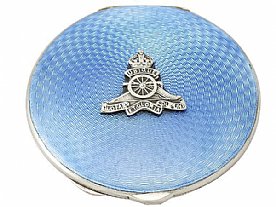 Compact Mirrors
Compact Mirrors
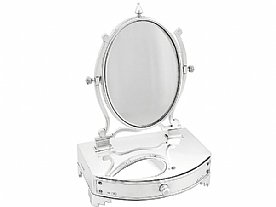 Dressing Table Mirrors
Dressing Table Mirrors
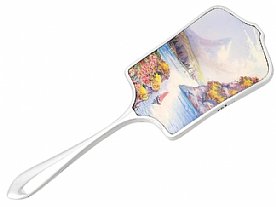 Hand Mirrors
Hand Mirrors
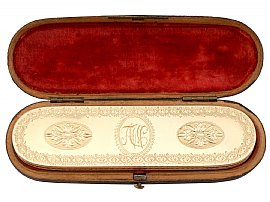

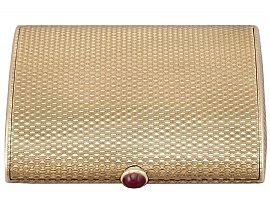
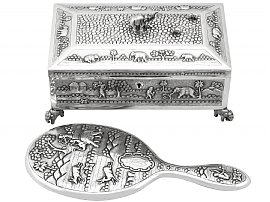
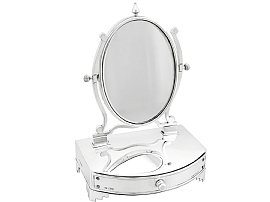
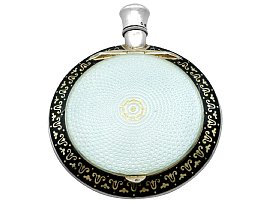
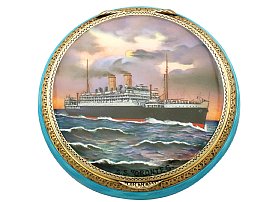
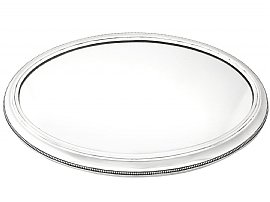
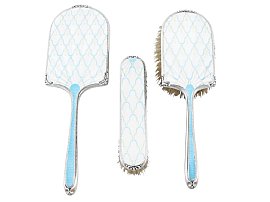
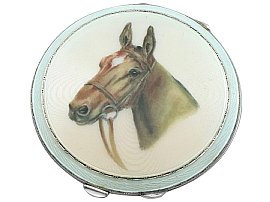
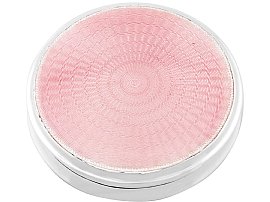
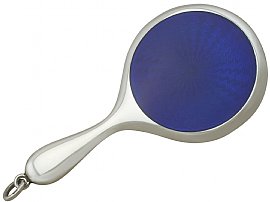
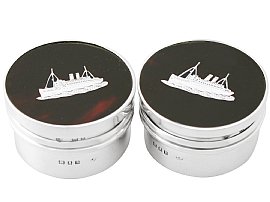
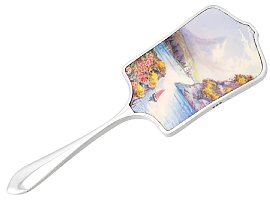
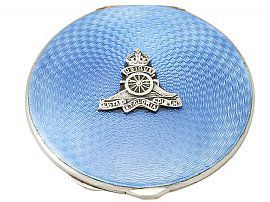
22ct Yellow Gold Toothpick Case/Holder with Mirror - Antique George III (1779)
Price: GBP £9,950.0014ct Yellow Gold, Enamel and 0.30ct Diamond Compact by Tiffany & Co - Antique Circa 1915
Price: GBP £7,950.009 ct Yellow Gold and 0.86ct Ruby Compact by Boucheron - Vintage (1964)
Price: GBP £5,450.00Indian Silver Jewellery Casket and Hand Mirror - Antique Circa 1890
Price: GBP £4,345.00Sterling Silver Dressing Table Cheval Mirror and Jewellery Box - Antique Edwardian
Price: GBP £2,650.00Antique Enamel Compact and Scent Bottle
Price: GBP £1,895.00Austrian Sterling Silver and Enamel Compact - Antique Circa 1940
Price: GBP £1,755.00German Silver Mirrored Plateau - Antique Circa 1900
Price: GBP £1,645.00Sterling Silver and Enamel Dressing Table Set - Antique George VI (1938)
Price: GBP £1,445.00Sterling Silver and Enamel Compact - Vintage Elizabeth II
Price: GBP £1,425.00Sterling Silver and Enamel Compact - Antique George V (1927)
Price: GBP £995.00Sterling Silver and Enamel Miniature Hand Mirror - Antique Edwardian (1901)
Price: GBP £995.00Sterling Silver and Tortoiseshell Dressing Table Boxes - Antique George V (1922)
Price: GBP £995.00Sterling Silver and Enamel Hand Mirror - Antique George V
Price: GBP £995.00Sterling Silver and Guilloche Enamel Compact - Antique George VI (1939)
Price: GBP £995.00